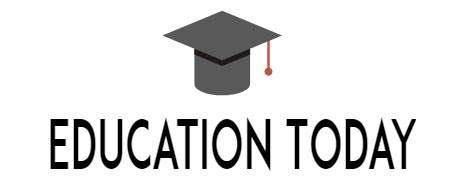What is Project-Based Learning? Learn about this useful and attractive concept for school teachers and students.
Get to know Project-Based Learning: An important approach in Active learning.
INTRODUCTION
You have certainly seen a lot of talk around here about such active methodologies, so present in contemporary teaching dynamics, and also in the practices of the United Group.
Here we are producing a small series of texts detailing the active methodologies, and presenting examples of practices developed through these methodologies within the dynamics of activities carried out by teachers and students of the United Group. Come on!
Role Of Active Methodologies in Teaching
The main objective of this teaching methodology is to encourage students to learn in an autonomous and participatory way, starting from real problems and situations. In this proposal, the student is at the center of the learning process, actively participating and being responsible for the construction of knowledge.
According to professors and researchers in the field of Education, technology today brings the integration of all spaces and times. The process of teaching and learning takes place in a constant interconnection between what we call the physical world and the digital world.
Active methodologies find, in this new reality, a broad path to explore their various tools. Today we are going to detail one of the possibilities of these methodologies, applied heavily in Grouping United classes, whether in person or online: project-based learning!
Activity-Based Learning.
Project-Based Learning
Project-based learning, or Project-Based Learning (PBL), is an active teaching methodology that proposes practical activity as a tool. Instead of explaining all the details of an activity, the student is invited to participate in real actions for the development of the competence to be worked on.
PBL is defined as a systematic teaching-learning method that involves students in acquiring knowledge and skills through an inquiry process, structured around complex and authentic questions and carefully planned products and tasks.
Projects and Problems
The expression project-based learning sometimes appears as a synonym for problem-based learning, as they appear as Project-Based Learning and Problem-Based Learning to use the same acronym, which adds to the confusion.
Although the development of a project usually takes place with problem-solving, one methodology focuses on the problem, and the other, the project. Both are premised on student-centered teaching and collaborative and participatory learning. In general, the terminology “project-based learning” is applied to modalities where there is a tangible product as a result.
Having a project as an end goal is a great motivating factor: students identify a sense to seek and select information, relate what they find with what they already have, share ideas with colleagues and teachers, act and interact to reach the goal. According to students and teachers who use the methodology, the most positive aspect of this approach is the possibility of working with projects.
Read also: What is Visual Learning?
How does Project-based Learning Work
Typically, the path offered to students with this methodology are simple:
- Students receive a problem;
- Students should investigate the possible causes of this problem (hypothesis elaboration);
- Already knowing the issue and its origins, students need to define the tactics for solving the error;
- With the established plan, finally, they move on to the execution of the plan.
In this way, the idea is that the student can interact with their reality, establish what is wrong and, objectively, suggest solutions and preventions.
What are The Advantages Of Project-Based Learning
In addition to improving the rates of engagement and attendance in classes, the methodology stands out for advancing students' performance in activities related to logic and problem analysis, involving math and science lessons, among other subjects.
Through this methodology, students become more motivated and improve interactions within their groups. In addition, it allows teachers the new ways to assess the difficulties of each student and the class as a group.
This methodology also has its advantages for applications in the job market, since they can reveal the leadership and skills of your group. PBL helps the student to value the capacity of each member of the group, reinforces the concept of collaboration between professionals, and allows for a solid Creative Empowerment, working on points such as:
- Logic;
- Critical view;
- Empathy;
- Synergy;
- Leadership;
- Trust.
Methodologies That Transform Teaching
There are many benefits to bringing active methodologies into the classroom. The main thing is the transformation in the way of conceiving learning, encouraging the student to think differently and solve problems by connecting ideas.











